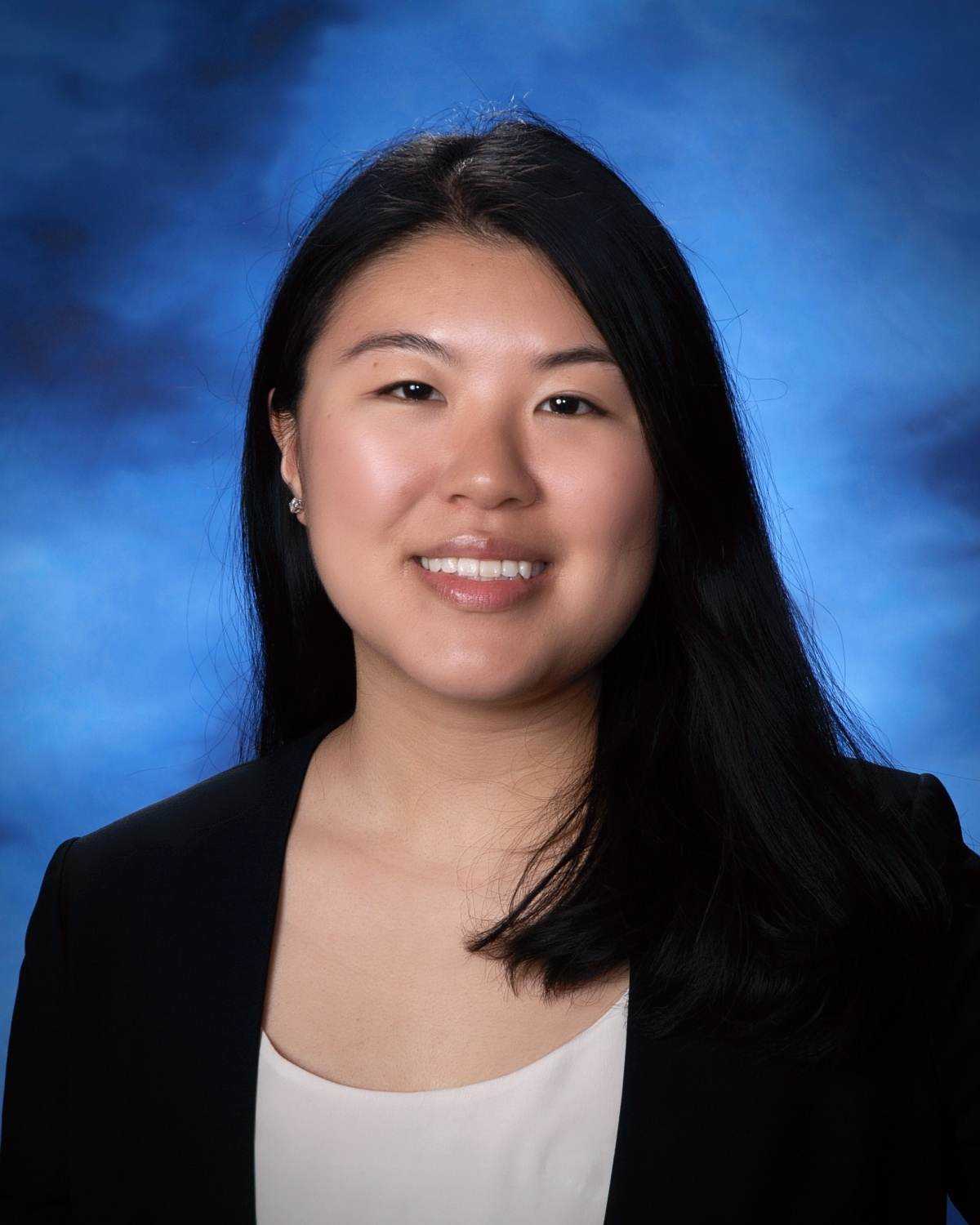Subcutaneous Ulnar Nerve Transposition
Transcription
CHAPTER 1
For an ulnar nerve transposition, the arm is prepped and draped in standard fashion; however, I typically employ a sterile tourniquet in case I need to take the dissection more proximally. I also typically use general or regional anesthesia while with just cubital tunnel releases I can often perform those with just a local anesthesia in a wide-awake hand-surgery fashion. The incision is marked out first beginning by identifying the medial epicondyle. The incision is then taken approximately 6 cm distally and 8 cm proximally with the incision centered over, or behind, the medial epicondyle. I typically place the incision straight with the arm in full extension and then check the position upon flexion. Once marked out, I'll inject the incision with Marcaine with epinephrine for postoperative pain relief and to minimize bleeding.
CHAPTER 2
Once the incision has been injected, and the limb exsanguinated, and the tourniquet inflated the incision is placed.
CHAPTER 3
Blunt dissection is then performed down to the level of the forearm fascia and the level of the ulnar nerve and cubital tunnel. The priority is to identify potential branches of the medial antebrachial cutaneous nerve that may be crossing the surgical field. Most classically the nerve travels just anterior and distal to the medial epicondyle. Typically proximal and posterior to the medial epicondyle should be free of the nerve; however, diligence still must be paid to confirm that the nerve is not crossing. Injury to this nerve is common with this approach. As I take my dissection deeper and more proximally, I liberally cauterize crossing veins as this area is rich with crossing vessels and prone to hematoma formation and bruising postoperatively.
CHAPTER 4
Once down to the forearm fascia, the anterior flap is elevated until the medial antebrachial cutaneous nerve is identified so that it can be protected throughout the case as shown here. This also allows elevation and exposure of the flexor pronator mass origin.
CHAPTER 5
Once fully exposed, the dissection of the ulnar nerve can be started. It's helpful to identify the ulnar nerve sitting behind the medial epicondyle and exam it prior to transposition to see how it looks and how it moves. In this patient, the ulnar nerve subluxes upon elbow flexion and extension. This was evident preoperatively as well and was the primary indication for performing an ulnar nerve transposition versus a in situ cubital tunnel release.
Next, dissection of the ulnar nerve is initiated. My advice is to begin this dissection posterior to the medial epicondyle where the nerve is easy to identify and relatively lax. The fascia is opened, and the nerve is exposed. Note the use of dissecting parallel to the nerve whenever possible to help mobilize it from the surrounding tissue, I minimize damage or injury to the nerve. The nerve itself is never directly handled at any point.
Next, once adequately exposed proximally and the nerve is then mobilized circumferentially, and then with the help of a hemostat, a Penrose drain is placed behind it. It's important to try to keep the veins, or venae comitantes, that follows the ulnar nerve with it to maintain its perfusion and minimize disvascularization of the nerve.
Next, the nerve is carefully mobilized by releasing its fascia distally and then proximally. Care is taken not to injure the nerve as well as to maintain its vascularity. Again, branches of the medial antebrachial cutaneous nerve need to be protected whenever encountered. Structures requiring release beyond Osborne's ligament in the cubital tunnel includes the fascia overlying the flexor pronator mass as well as the deep investing fascia between the 2 heads of FCU. More proximally, the arcade needs to be released at least 6 to 8 cm proximally.
With the nerve circumferentially mobilized, it can be carefully transposed anteriorly. During this process, multiple vessels may be identified posteriorly tethering the nerve, which can be cauterized.
In addition, often the first branch to the FCU tethers the nerve as well. If necessary, this can be carefully isolated and cauterized and sacrificed in order to have a tension-free transposition as demonstrated here.
As the nerve is further mobilized distally, in order to facilitate anterior transposition, deeper dissection will find the deep investing fascia enveloping the nerve between the 2 heads of FCU. This close-up view here demonstrates a deep investing fascia that will often tether the nerve distally, as the nerve is being transposed anteriorly. This also requires release in order to achieve a tension-free anterior transposition as demonstrated here.
CHAPTER 6
Next before formally transposing the nerve anteriorly, one last structure needs to be taken down, and that is the intermuscular septum. It should be first carefully identified inserting into the medial epicondyle. Deep to it are vessels that need to be identified, and protected, and/or cauterized. My preference is to mobilize the intermuscular septum by cauterizing it at its insertion at the medial epicondyle while also simultaneously protecting the nerve during this process. Release of the distal end of the intermuscular septum is confirmed by both direct visualization as well as feel to make sure no aspect of the septum will cause any undo tension on the nerve upon transposition. The nerve is now ready to be formally anteriorly transposed.
CHAPTER 7
Prior to proceeding with the transposition, and irrespective of which transposition I will be performing, I first close the cubital tunnel. I do this by closing the fascia between the flexor pronator mass origin and the triceps. I do this in order to prevent any unwanted subluxation, or redislocation, of the ulnar nerve back into the cubital tunnel. This is particularly important when performing a subcutaneous transposition. There are a number of transposition techniques available including: subcutaneous, intramuscular, or submuscular. My advice is to perform a subcutaneous transposition whenever possible. I reserve an intramuscular or a submuscular transposition in revision cases or in cases with excessive preoperative nerve instability, or nerve irritability or sensitivity.
CHAPTER 8
In all cases, whether I'm performing a subcutaneous transposition, as in this case, or a submuscular, I mark out the limbs of a possible submuscular transposition with a Z-lengthening, as shown here. This allows me to be prepared to abort to a submuscular transposition if I find that the subcutaneous transposition is under too much tension. This often happens in larger patients with large flexor pronator mass origins.
Regardless, the limb for a subcutaneous transposition that I raise is only the posterior limb, as demonstrated here. That limb is carefully elevated while making sure to protect the nerve at all times. Here you can see the proximal limb mobilized to serve as a fascial sling to keep the ulnar nerve in position anteriorly.
Next, using a mattress suture technique, the fascial sling is then repaired to the anterior skin flap subcutaneous tissue and/or fascia to keep the ulnar nerve in an anteriorly subcutaneous transposed position. It is critical to confirm that the fascial sling is adequately secure to the anterior skin flap; however, not so secure and/or not too tight as to cause secondary compression upon the ulnar nerve. This is best confirmed by direct visualization as well as by ranging the elbow to make sure that the nerve can glide smoothly without any undo tension or constriction.
CHAPTER 9
As shown here, the elbow is taken through a range of motion to confirm that the sling is secure and to make sure that there's no tension on the nerve at any point, and that the nerve can glide smoothly in its anteriorly transposed position.
CHAPTER 10
Once satisfied with the transposition, the wound is then copiously washed and dried. The wound is then closed in a layered fashion with no deep sutures. The first layer is 3-0 Vicryl in the subcutaneous tissue, followed by a 4-0 Monocryl in the skin at the subcuticular level, and then a glue on the skin surface. Once the wound is closed, a soft dressing is applied. No splint is used. A sling is given for protection and comfort to be used as needed. The patient is allowed to range the arm immediately. The dressing can be removed within 2 days. Activities of daily living can be resumed immediately. I recommend avoiding strenuous activity with the arm for at least 2 to 6 weeks postoperatively until the wound fully heals. Thank you.


